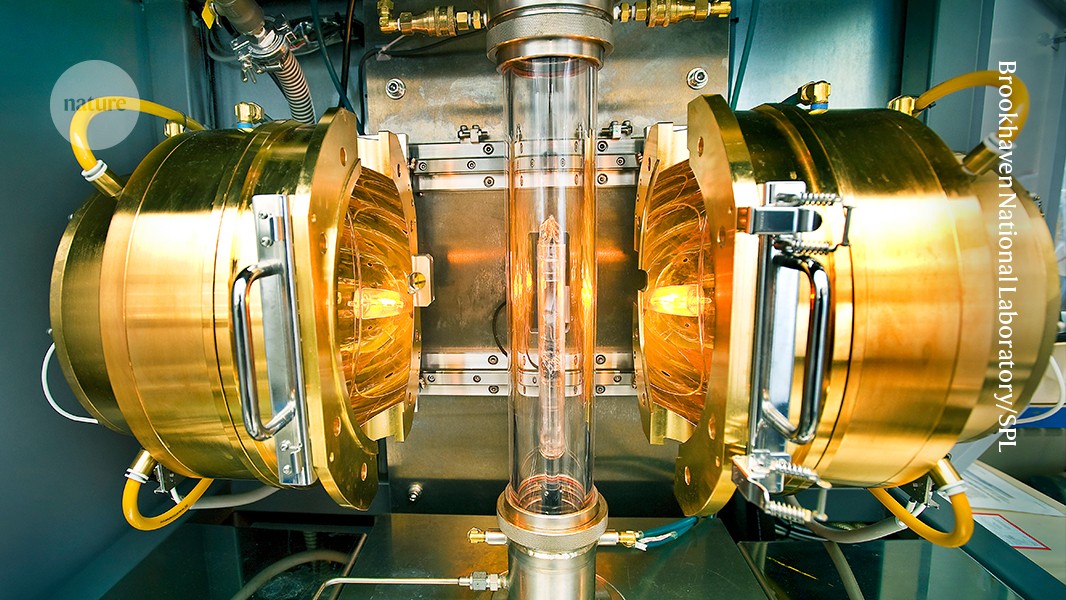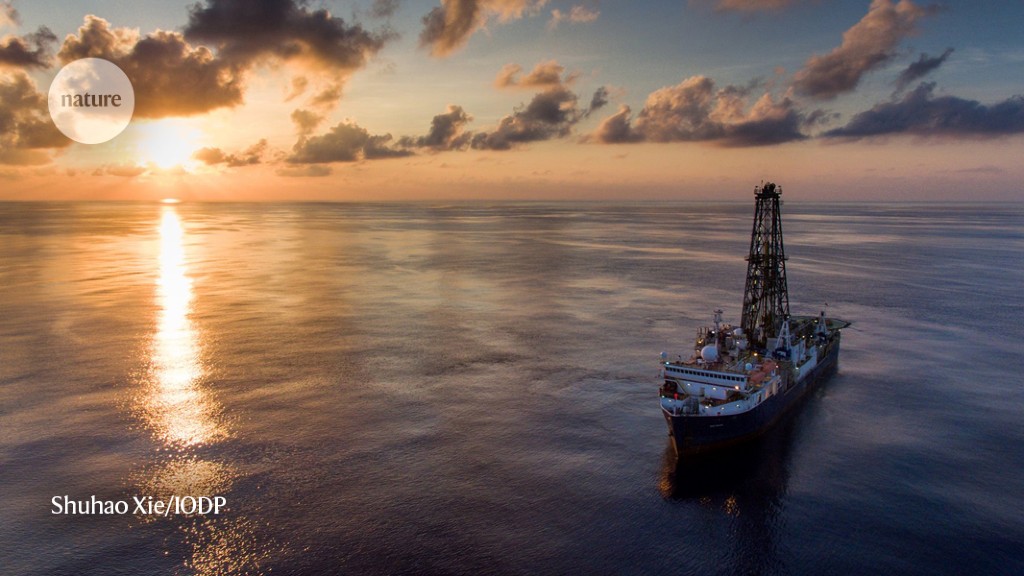An ocean-drilling research programme that has been the most successful and productive global geosciences collaboration for decades will come to a stark end next year.
The US National Science Foundation (NSF) announced on 6 March that it would retire its flagship JOIDES Resolution drilling vessel rather than extend operations until 2028, as many researchers had hoped. It blamed the US$72 million annual expense of running the 44-year-old vessel.
The landscape of ocean-drilling research was due to change next year no matter what, because the International Ocean Discovery Program (IODP) — a 21-nation alliance that supports global expeditions to collect geological cores from the sea floor — will end on 30 September 2024. But many Earth scientists had been asking the NSF to keep the JOIDES Resolution operating for an extra four years, until its environmental certification runs out.
Critics say that the decision to retire the vessel will damage US leadership and international collaboration in scientific ocean drilling. “It’s a disaster for the ocean sciences in the US,” says Jamie Austin, a geophysicist at the University of Texas at Austin. The decision is “not unanticipated but nevertheless very disappointing — a big blow to the global community,” adds Henk Brinkhuis, a marine geologist at the Royal Netherlands Institute for Sea Research in Texel and chair of the IODP Forum, which coordinates the current ocean-drilling partners. Scientific ocean drilling has contributed to key Earth-science findings, such as the discovery of plate tectonics.
Uncertain future
The two other main partners in the IODP — a consortium of 14 European nations and Canada, known as ECORD, plus Japan — have agreed to work together without the United States after 2024, to advance scientific ocean drilling. ECORD hires a variety of vessels to perform specific ocean-drilling tasks, whereas Japan uses a large vessel named Chikyu.
Many researchers worry about the future of early-career scientists in the United States, who will not be able to work aboard the JOIDES Resolution after next year. Even if the NSF ultimately builds another ocean-drilling vessel to replace it, it would take at least a decade for a new vessel to begin working.
“We really can’t afford a gap,” says Mohammed Hashim, a geochemist at the Woods Hole Oceanographic Institution in Massachusetts, who led 207 other early-career scientists in writing a letter to ask the NSF to keep the JOIDES Resolution operating until 2028. “We cannot do what we do without a ship — we have to sail, we have to drill, we have to get cores so we can study them.”
Announcing the ship’s retirement, the NSF said that it “wants to ensure a sustainable future for the scientific ocean drilling community” and that it would engage with early-career scientists on what that might look like. It said that it intends to keep the funds freed up by retiring the JOIDES Resolution available for work in scientific ocean drilling, including studying existing cores.
But the end of the JOIDES Resolution “is going to be a lot of opportunities lost”, says Anthony Koppers, a marine geologist and senior adviser to the vice-president for research at Oregon State University in Corvallis. He chairs an alliance of leaders from 13 leading US oceanographic institutions that have been asking the NSF to continue operating the JOIDES Resolution. “We’re losing a Hubble-telescope-type capability that we had for five decades,” Koppers says.
Splitting the bill
The NSF says that its decision was based on the cost of running the JOIDES Resolution. One key area of dispute was the amount of funding being put in by ECORD. The JOIDES Resolution costs $72 million annually to run; the NSF pays $48 million each year to Texas A&M University in College Station to operate the vessel, as well as other costs to other institutions associated with scientific ocean drilling. ECORD contributes $7 million annually to JOIDES Resolution operations, and other funding partners contribute smaller amounts.
Last July, after being asked by the NSF, ECORD told the agency that it would not be able to contribute any more cash towards the rising costs of operating the vessel. The NSF cited flat funding from international partners in its 6 March decision, saying: “A new equitable model needs to be developed in partnership with the scientific community.”
“NSF will be engaging with our international partners in the coming months about future collaborative efforts,” says James McManus, the head of the agency’s ocean-sciences division. “NSF and the community need to continue to consider present and future science priorities and how we can best achieve those priorities leveraging available technology.”
One possibility is that after 2024, US researchers could work aboard ocean-drilling vessels hired by groups such as ECORD. “We will welcome collaboration with the US, whatever the level,” says Gilbert Camoin, director of the ECORD Managing Agency in Aix-en-Provence, France. Other nations that currently participate in IODP, such as China, Australia, New Zealand and India, must now decide whether to work with the ECORD–Japan alliance. China is also building its own scientific drilling vessel.
Final expeditions
For now, the IODP partners will push through their last six expeditions with the JOIDES Resolution. The vessel recently finished working near the Greek island of Santorini, exploring underwater volcanoes, and will make its final study in September 2024, on a palaeoclimate expedition north of Iceland. After that, it will go through a five-year period of being demobilized.
There could be some upsides to the NSF decision. Retiring the JOIDES Resolution in 2024 instead of 2028 should allow the NSF more time and focus to work out the future of its contributions to scientific ocean drilling, says Rick Murray, the vice-president for science and engineering at the Woods Hole Oceanographic Institution and former head of ocean sciences at the NSF. “While I am saddened that there will be less science for these four years, I think the investment of those years has the potential to lead to a lot of terrific science,” he says.







More News
Retractions are part of science, but misconduct isn’t — lessons from a superconductivity lab
Valleytronics in bulk MoS2 with a topologic optical field – Nature
Are robots the solution to the crisis in older-person care?